Optimal Timing for Fire Restorations
Fire restorations are most effective when conducted promptly after a fire incident. The optimal time varies depending on weather conditions, property type, and fire severity. Typically, immediate action minimizes damage and reduces restoration costs.
Addressing fire damage immediately helps prevent further deterioration and mold growth. Early intervention can also mitigate structural issues.
Restorations are often more manageable during dry, mild weather months when moisture levels are low, and access to affected areas is easier.
Extreme weather conditions, such as heavy rain or snow, can delay restoration efforts. Planning around favorable weather ensures better results.
Severe fires require immediate attention, whereas minor incidents can sometimes be scheduled during less busy periods for thorough work.
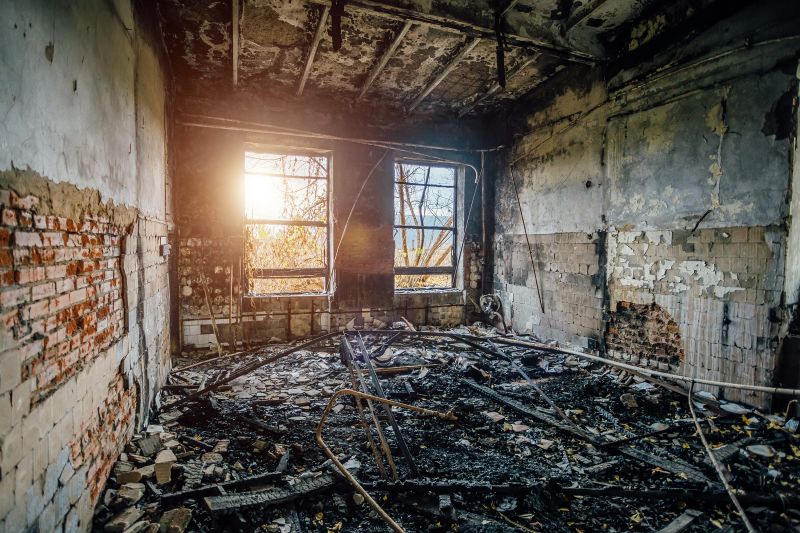
Visual assessment of affected areas to determine scope of restoration.
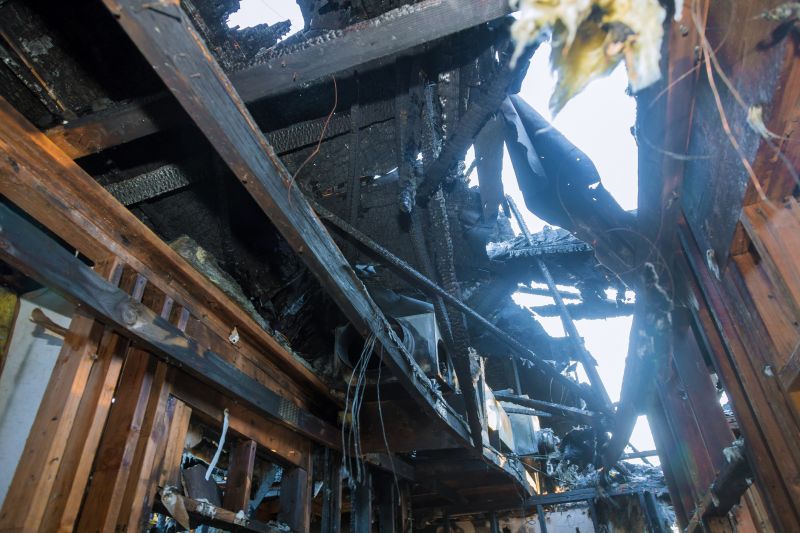
Assessing the integrity of framing, roofing, and foundation after a fire.
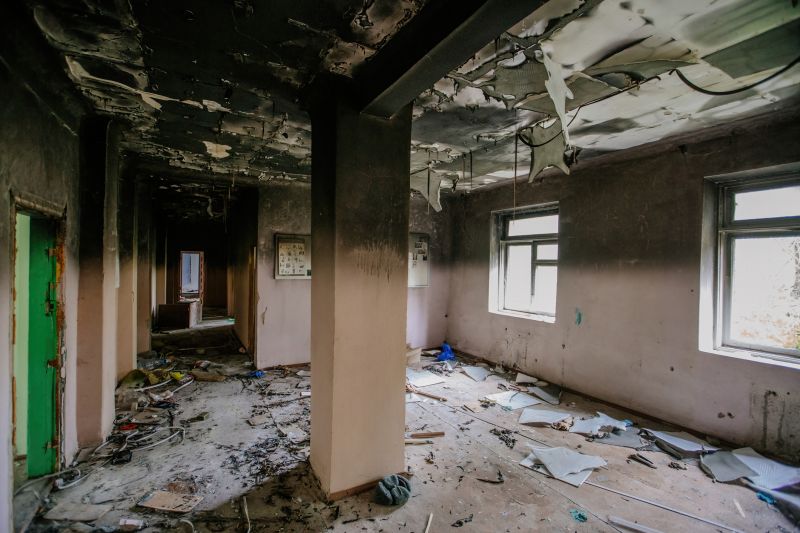
Initial cleaning process to reduce residual odors and contaminants.
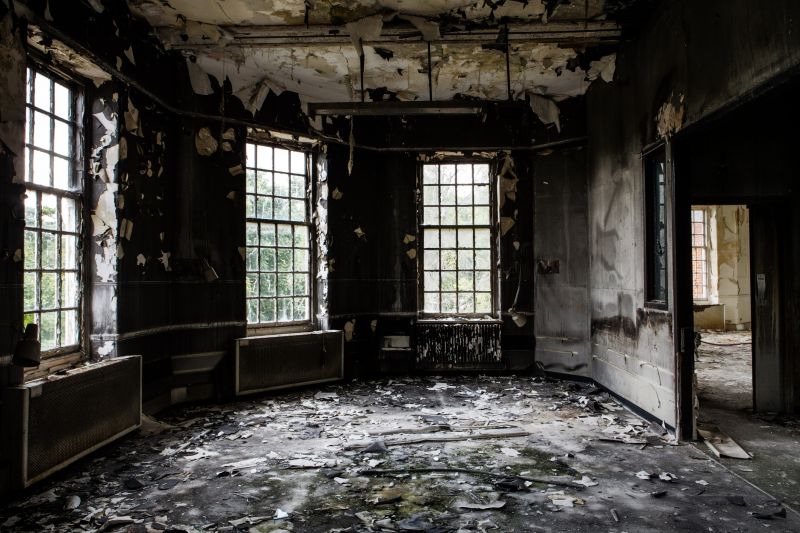
Ways to make Fire Restorations work in tight or awkward layouts.
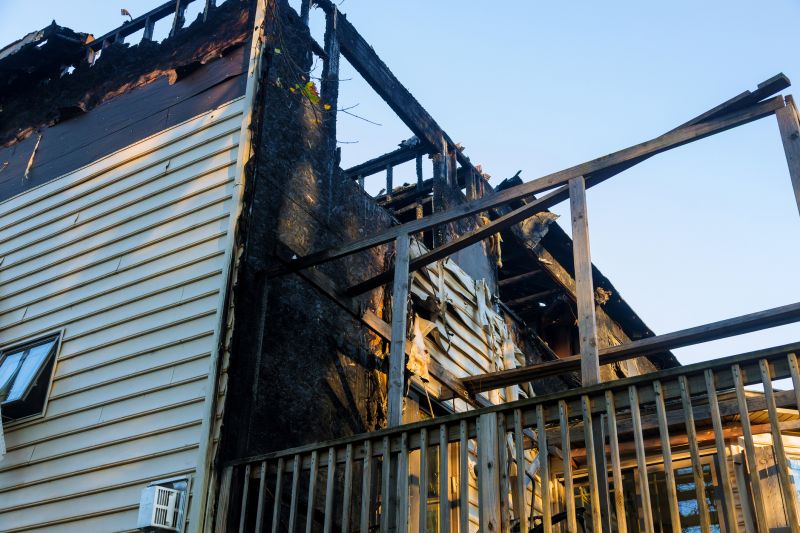
Popular materials for Fire Restorations and why they hold up over time.
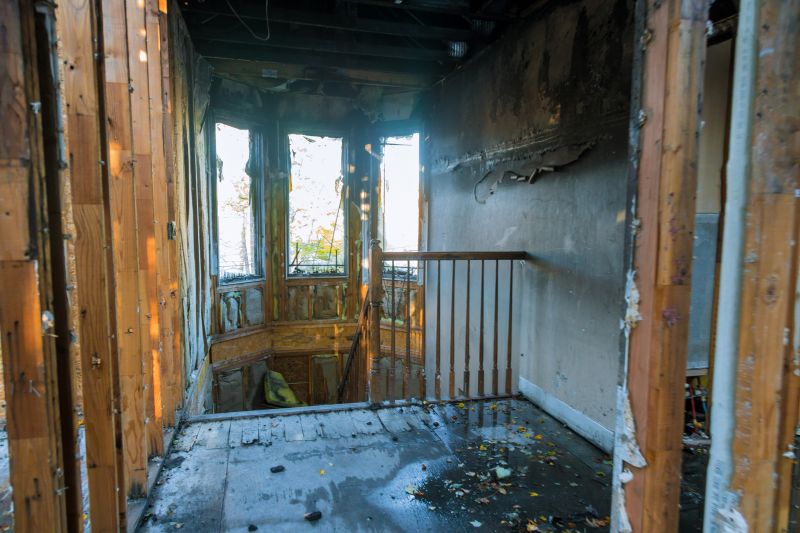
Simple add-ons that improve Fire Restorations without blowing the budget.
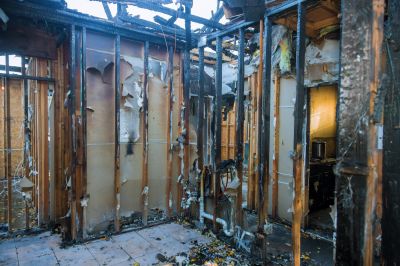
High-end options that actually feel worth it for Fire Restorations.

Finishes and colors that play nicely with Fire Restorations.
| Season | Advantages |
|---|---|
| Spring | Moderate weather facilitates thorough cleanup and repairs. |
| Summer | Longer daylight hours and dry conditions aid in faster restoration. |
| Fall | Cooler temperatures can slow microbial growth post-fire. |
| Winter | Potential delays due to weather; however, some indoor restorations proceed. |
| Post-Fire | Immediate action minimizes damage and costs. |
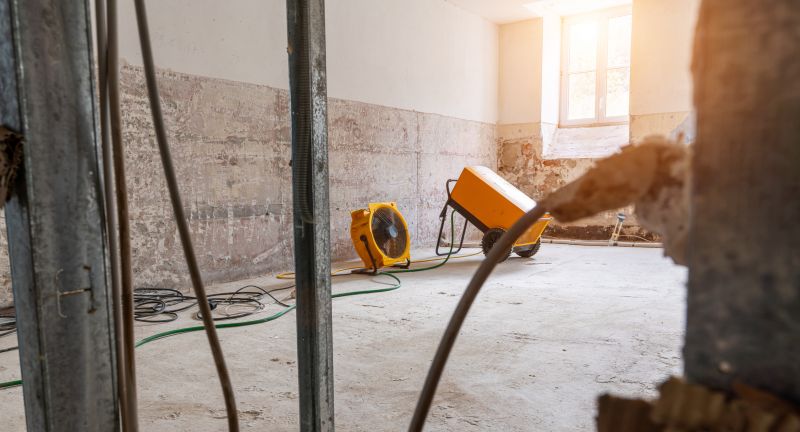
Advanced tools used for cleaning and repairs.

Rebuilding structures affected by fire.

Techniques to eliminate persistent smoke smells.

Final assessment to ensure quality and safety.
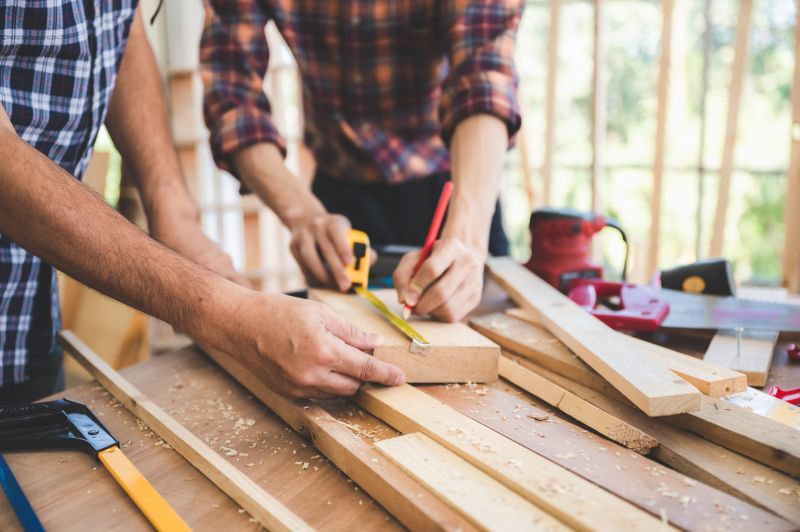
Little measurements that prevent headaches on Fire Restorations day.
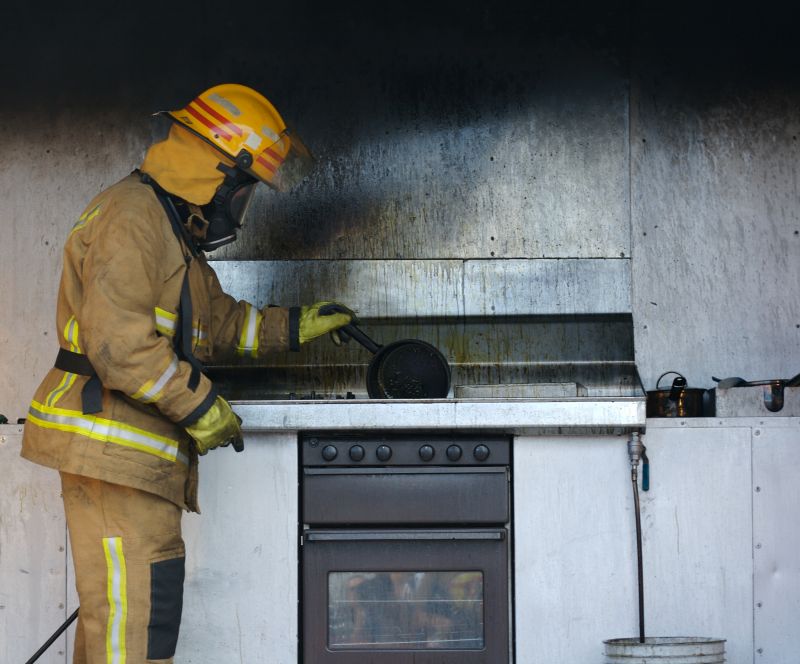
A 60-second routine that keeps Fire Restorations looking new.
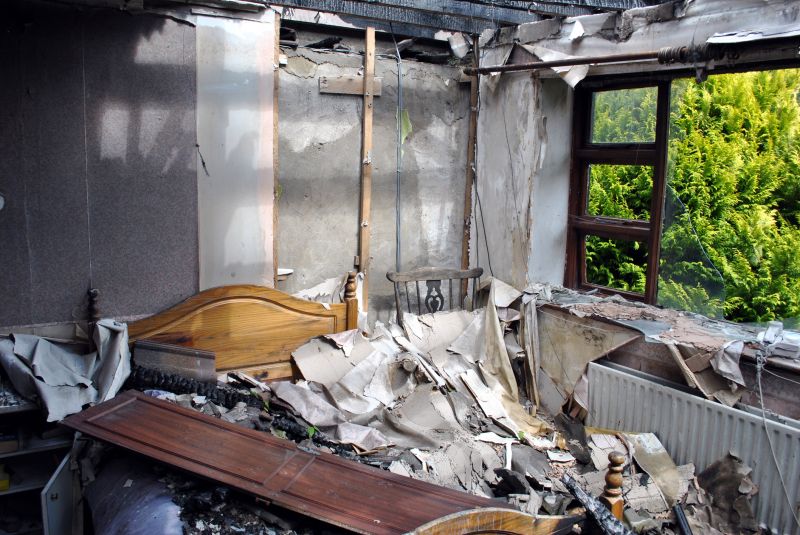
A frequent mistake in Fire Restorations and how to dodge it.
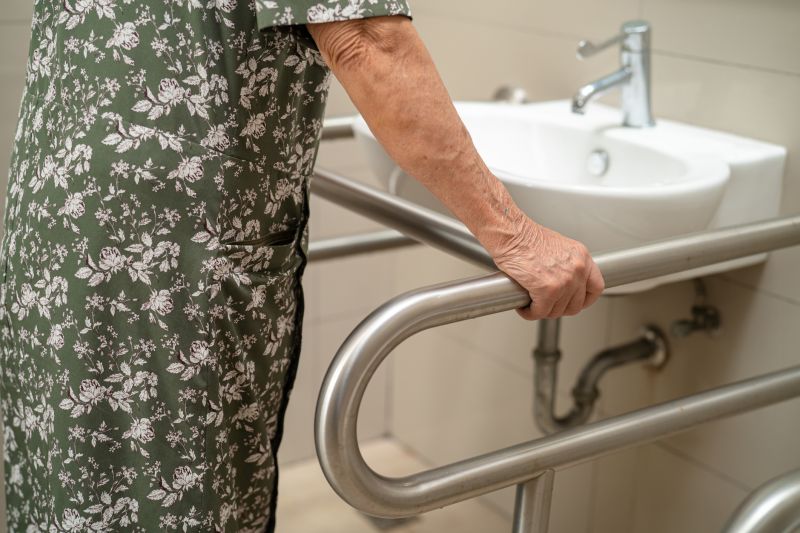
Small tweaks to make Fire Restorations safer and easier to use.
Timely fire restoration is critical to minimizing damage, reducing costs, and ensuring safety. Early intervention allows for more effective cleaning, repairs, and odor removal, leading to a quicker return to normalcy. Property owners are encouraged to initiate restoration efforts as soon as possible after a fire incident.



